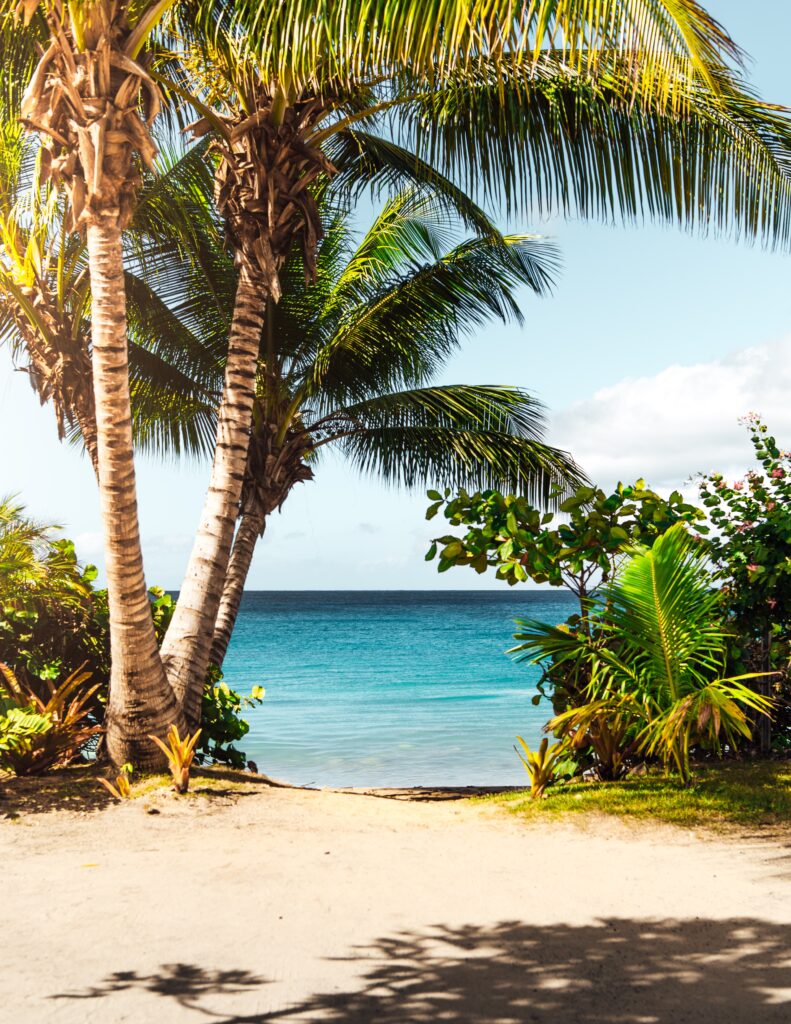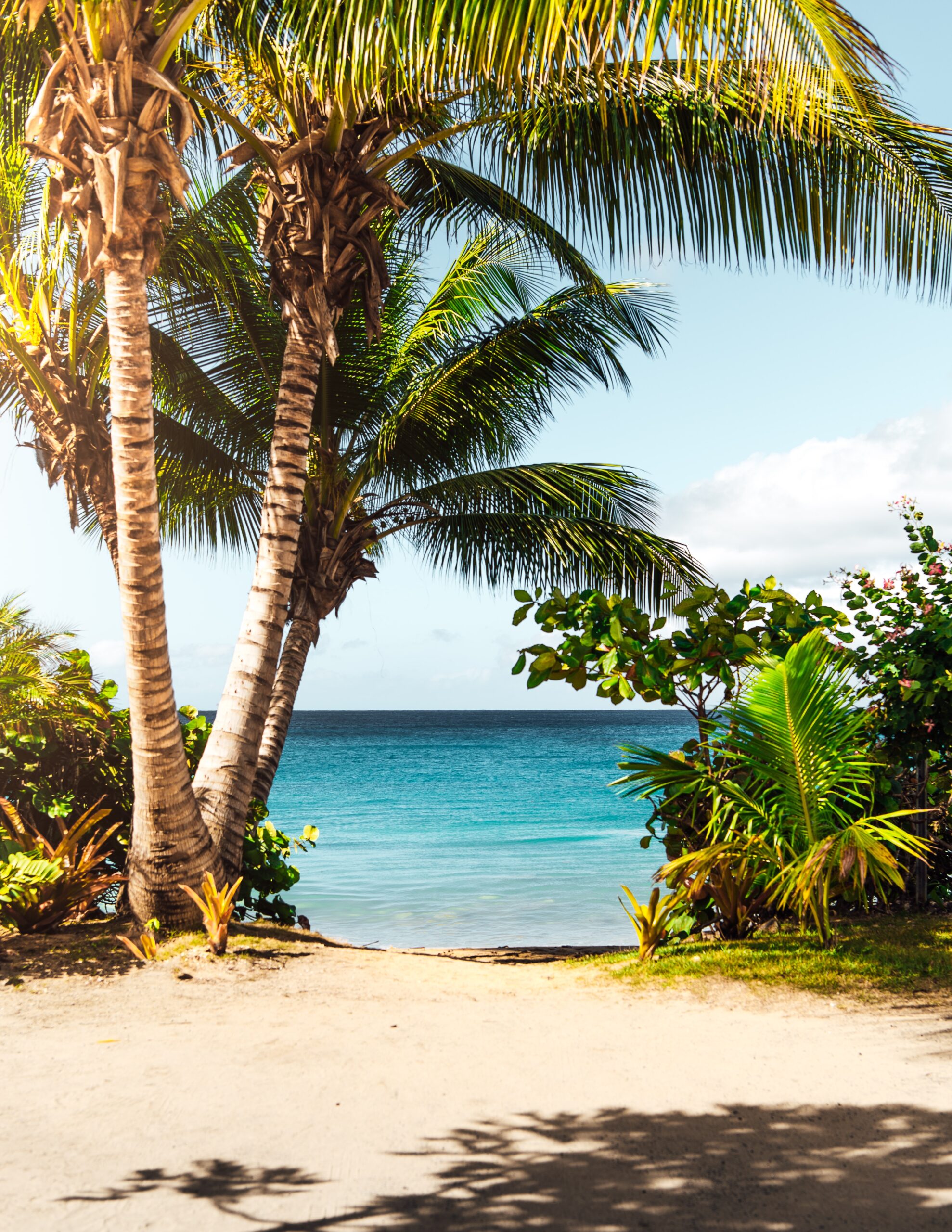Myrtle Beach, a popular coastal destination known for its picturesque beaches and vibrant atmosphere, has unfortunately gained a reputation for its high crime rates. Visitors and residents alike are left wondering why crime is so prevalent in this otherwise idyllic location. In this article, we will explore the factors contributing to the high crime rate in Myrtle Beach, shedding light on the underlying causes and discussing potential solutions to create a safer community for everyone to enjoy. So, let’s uncover the reasons behind the unsettling reality of crime in Myrtle Beach and work towards a safer future together.

High Crime Rates in Myrtle Beach
Historical Context
Myrtle Beach, a popular tourist destination located in South Carolina, has been grappling with high crime rates for several years. To fully understand the factors contributing to these alarming statistics, it is essential to delve into the historical context of the city. Myrtle Beach’s transformation from a small, quiet seaside town to a bustling tourist hub has significantly influenced its crime landscape.
Tourism and Population Growth
The exponential growth of tourism in Myrtle Beach has undoubtedly played a role in the high crime rates. As a renowned vacation spot, the city attracts millions of visitors each year. With the influx of tourists, the population of Myrtle Beach skyrockets during the peak vacation season. Unfortunately, an increase in population often corresponds with higher crime levels due to the strain it places on law enforcement agencies.
Drug and Substance Abuse
Alongside tourism, drug and substance abuse has emerged as a pressing issue in Myrtle Beach. The prevalence of drugs, such as opioids and methamphetamine, contributes to an increase in criminal activities. Substance abuse often leads to desperate actions and fuels illegal behaviors. Addressing this pervasive problem is crucial in curbing the overall crime rates in Myrtle Beach.
Gang Presence and Organized Crime
The presence of gangs and organized crime syndicates in Myrtle Beach poses a significant challenge to law enforcement. These criminal organizations often engage in drug trafficking, violence, and other illicit activities. The allure of a bustling tourist destination provides ample opportunities for gangs to exploit the vulnerable areas of the city, further exacerbating the crime rates.
Poverty and Socioeconomic Factors
Poverty and socioeconomic factors cannot be overlooked when discussing high crime rates in Myrtle Beach. Income inequality, lack of job opportunities, and limited access to education and resources contribute to a sense of hopelessness among certain communities. Desperation and frustration bred from socioeconomic disparities can foster criminal behavior as individuals seek out illicit means to survive.
Role of Law Enforcement
Police Force and Resources
The Myrtle Beach Police Department shoulders the responsibility of maintaining law and order in an environment inundated with tourists and a large local population. However, the police force faces significant challenges due to limited resources and an overwhelming number of incidents requiring their attention. The shortage of personnel, insufficient funding, and outdated infrastructure hamper their ability to combat crime effectively.
Effectiveness of Policing Strategies
Despite the obstacles, the Myrtle Beach Police Department has implemented various policing strategies to address the crime rates. These strategies include community policing, targeted patrols, and surveillance technology. Efforts to build trust and collaboration with the community have been paramount in establishing a safer environment, but the effectiveness of these strategies is an ongoing process that requires constant evaluation and adaptation.
Collaboration with Other Agencies
Recognizing the complexity of the issues at hand, the Myrtle Beach police have collaborated with other law enforcement agencies, both at the regional and federal levels. Establishing effective communication and sharing resources enables a coordinated approach to tackle organized crime, drug trafficking, and gang presence. By pooling their expertise and resources, these agencies can significantly impact the overall crime rates in Myrtle Beach.
Tourism and Crime Link
Tourist Areas as Crime Hotspots
The concentration of tourists in specific areas of Myrtle Beach has inadvertently turned these locations into crime hotspots. Criminals often target tourists due to their unfamiliarity with the surroundings and the perception that they may possess valuables. Pickpocketing, theft, and other offenses are more prevalent in popular tourist spots, jeopardizing the safety of visitors and tarnishing the city’s reputation.
Increased Opportunities for Theft and Robbery
The surge in tourism also provides increased opportunities for theft and robbery. Tourists, in search of relaxation and enjoyment, might become less vigilant about their personal belongings or security, making them easy targets for criminals. The ease with which perpetrators can blend into the crowds and quickly disappear further exacerbates the challenges faced by law enforcement.
Alcohol-Related Offenses
Alcohol consumption contributes significantly to the crime rates in Myrtle Beach. The city’s vibrant nightlife scene often leads to an increase in alcohol-related offenses such as public intoxication, DUIs, and disorderly conduct. The combination of alcohol, crowded entertainment venues, and a transient population heightens the potential for confrontations and criminal behavior.
Drugs and Crime
Drug Trafficking Routes
Myrtle Beach’s geographical location has made it an attractive transit point for drug trafficking. Situated along the East Coast, the city serves as a crucial link between drug-producing regions and major urban centers. Criminal organizations take advantage of this strategic position, smuggling drugs through various means, including land, sea, and air routes. The proliferation of drugs in the city has a direct correlation with the rise in criminal activities.
Impact of Substance Abuse on Criminal Activities
Substance abuse, particularly drug addiction, has far-reaching consequences on criminal activities in Myrtle Beach. Individuals struggling with addiction often resort to theft, burglary, and other crimes to sustain their drug habits. The need to fund their addiction drives them to engage in illicit activities, directly contributing to the overall crime rates.
Drug-Related Violence
The link between drug trafficking and violence cannot be ignored in Myrtle Beach’s crime landscape. Rivalry among drug cartels and gangs vying for control over territories often results in violent confrontations. Shootings and other acts of aggression associated with the drug trade pose a significant threat to public safety. Addressing drug-related violence is a critical step towards reducing overall crime rates in the city.

Gang Activity and Organized Crime
Gang Presence in Myrtle Beach
The presence of gangs in Myrtle Beach has been a growing concern for both law enforcement and the community. Local gangs and those affiliated with national networks have established a foothold in the city, exploiting the opportunities provided by the tourism industry and engaging in various criminal activities. To effectively combat the crime rates, addressing gang presence is essential.
Extent of Gang-Related Crimes
Gang-related crimes, such as drug trafficking, violent offenses, and extortion, contribute substantially to the high crime rates in Myrtle Beach. The interplay between gangs and other criminal organizations further complicates law enforcement efforts. By understanding the extent and nature of these crimes, law enforcement can develop tailored strategies to disrupt gang activities and dismantle their networks.
Drug Trafficking and Gangs
Drug trafficking forms a crucial aspect of gang activities in Myrtle Beach. The allure of profit and control over the drug trade fuels the involvement of gangs in smuggling operations. Gangs take advantage of the city’s tourist influx and transportation infrastructure to facilitate the distribution of drugs. Combating drug trafficking and dismantling these gang networks is a vital step toward reducing overall crime rates.
Socioeconomic Factors
Income Inequality and Poverty
Income inequality and poverty contribute significantly to high crime rates in Myrtle Beach. Disparities in wealth distribution can create a sense of desperation among individuals living in poverty, leading them to turn to criminal activities as a means of survival. Addressing income inequality and poverty through social welfare programs and economic initiatives is essential in reducing the crime rates associated with these socioeconomic factors.
Unemployment and Job Opportunities
Unemployment rates and limited job opportunities exacerbate the city’s crime problem. The lack of stable employment pushes individuals towards illegal activities as desperation sets in. By focusing on generating job opportunities and providing vocational training, Myrtle Beach can empower individuals to pursue legitimate means of income and reduce their reliance on criminal activities.
Lack of Access to Education and Resources
Limited access to quality education and resources perpetuates the cycles of poverty and crime. Education serves as a critical tool in breaking the cycle by providing individuals with the necessary skills and knowledge to pursue lawful careers and contribute to society. Investing in educational infrastructure and programs aimed at uplifting marginalized communities can have a significant impact on reducing crime rates.

Influence of Seasonal Nature
Seasonal Workers and Temporary Residents
Myrtle Beach’s seasonal nature, with an influx of temporary workers and residents, presents unique challenges in combating crime effectively. The transient population can strain law enforcement resources, as they must adapt to fluctuations in demographics and cater to the needs of both locals and visitors. The seasonal nature of Myrtle Beach necessitates dynamic and adaptable policing strategies.
Effect on Crime Patterns and Statistics
The seasonal nature of the city also influences crime patterns and statistics. Certain criminal activities may experience fluctuations depending on the time of year. For example, thefts and robberies may increase during the peak tourist season, while alcohol-related offenses might spike during university spring breaks. Analyzing and understanding these crime patterns is crucial in deploying resources and implementing preventive measures during high-risk periods.
Legal and Judicial System
Policing the Tourist Population
Myrtle Beach faces the unique challenge of policing not only its local residents but also its transient tourist population. Balancing the demands of law enforcement in a tourist destination requires a specialized approach. Ensuring the safety and security of tourists is essential for maintaining the city’s reputation. By establishing effective communication and collaboration with other law enforcement agencies, Myrtle Beach can enhance its ability to police the diverse population effectively.
Challenges in Prosecution and Conviction
Prosecuting and convicting criminals is a crucial step in reducing crime rates; however, several challenges hinder the judicial system in Myrtle Beach. Overburdened courts and backlogs of cases undermine the swift delivery of justice. Additionally, witnesses, particularly tourists, may be hesitant to cooperate with law enforcement due to the temporary nature of their presence. Streamlining the legal process and providing adequate support to victims and witnesses can enhance the conviction rates and discourage criminal behavior.
Sentencing and Rehabilitation Programs
The judicial system in Myrtle Beach must strike a balance between punishment and rehabilitation. Sentencing policies need to consider the underlying factors contributing to criminal behavior and address them through effective rehabilitation programs. By focusing on the root causes and providing support systems, the legal and judicial system can contribute to breaking the cycles of crime and reducing recidivism rates.
Community Involvement
Neighborhood Watch Programs
Community involvement and vigilance play a crucial role in preventing crime. Neighborhood watch programs empower residents to actively participate in crime prevention efforts by reporting suspicious activities and maintaining open lines of communication with law enforcement. Establishing and supporting such community-led initiatives encourages a sense of ownership and responsibility, collectively working towards creating a safer Myrtle Beach.
Engagement with Local Law Enforcement
Building trust and fostering positive relationships between the community and local law enforcement is essential in reducing crime rates. Engaging in dialogue, hosting community events, and establishing regular communication channels help bridge the gap between residents and law enforcement. When the community feels heard and included, they are more likely to collaborate and share valuable information, ultimately aiding in crime prevention efforts.
Community Support Organizations
Community support organizations, such as nonprofits and social service agencies, play a vital role in addressing the underlying causes of crime in Myrtle Beach. These organizations provide support, resources, and assistance to individuals and communities affected by socioeconomic disadvantages. Collaborating with and supporting these organizations strengthens the community’s resilience and bolsters the efforts to tackle crime holistically.
Tackling Crime in Myrtle Beach
Increasing Police Presence and Resources
To effectively combat the high crime rates, increasing the police presence and allocating additional resources is paramount. Hiring more police officers to meet the demands of a growing population and providing them with the necessary training and technology enables law enforcement to respond promptly and effectively. Adequate funding and support from local and state governments are crucial in bolstering the police force’s capabilities.
Targeting Drug and Gang Activities
Curbing drug and gang activities should be a priority in reducing overall crime rates in Myrtle Beach. Strengthening intelligence-gathering and investigation units focused on these areas can disrupt drug trafficking routes, dismantle gangs, and decrease related crimes. Collaborative efforts between law enforcement agencies, as well as engaging the community in reporting suspicious activities, are instrumental in targeting these key issues.
Improving Socioeconomic Conditions
Addressing the root causes of high crime rates in Myrtle Beach necessitates improving socioeconomic conditions. Government initiatives that focus on reducing income inequality, increasing job opportunities, and improving access to quality education can uplift communities and provide alternatives to criminal activities. By investing in these areas, Myrtle Beach can create an environment conducive to positive socioeconomic growth and ultimately reduce crime rates.
In conclusion, the high crime rates in Myrtle Beach stem from a combination of factors – the city’s booming tourism industry, drug and gang activities, socioeconomic disparities, and the seasonal nature of the population. Efforts to combat these issues must involve a multi-faceted approach, including enhancing law enforcement resources and strategies, addressing root causes of crime, engaging the community, and collaborating with other agencies. By working together, Myrtle Beach can create a safer and more secure environment for both residents and visitors.
